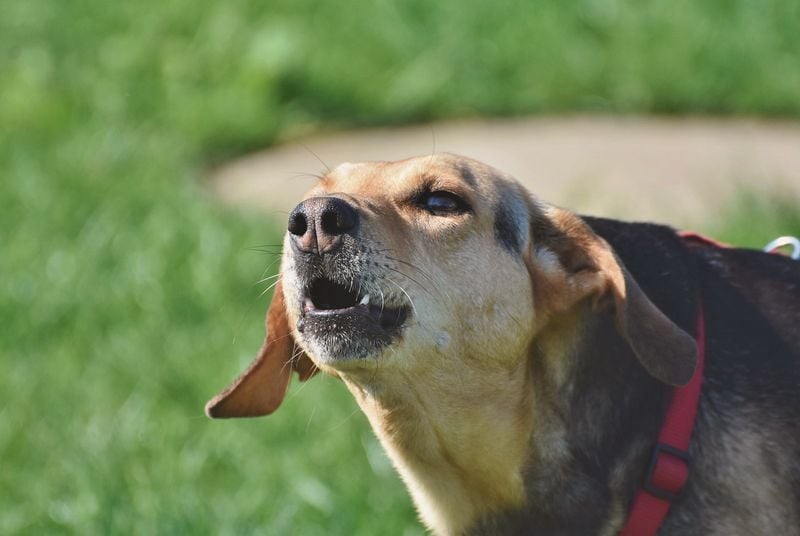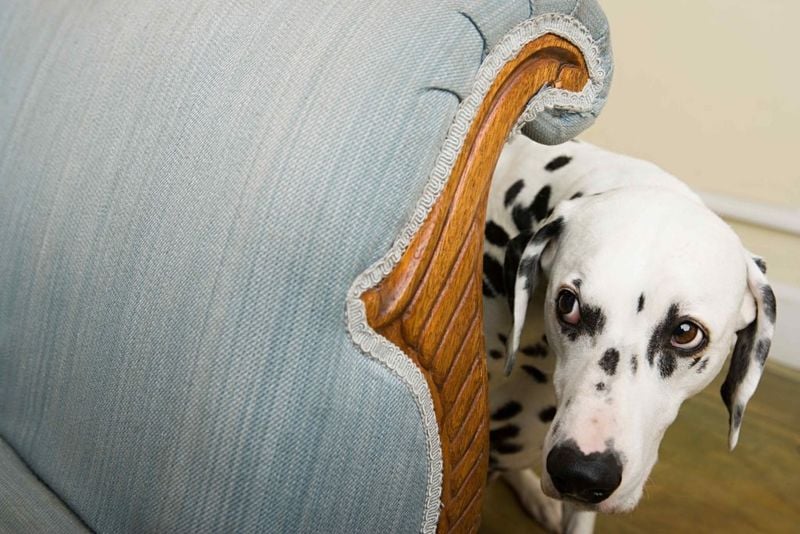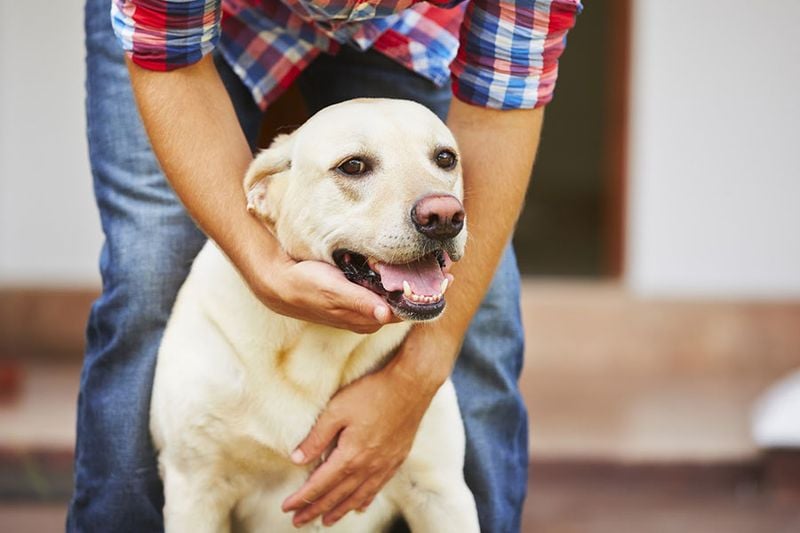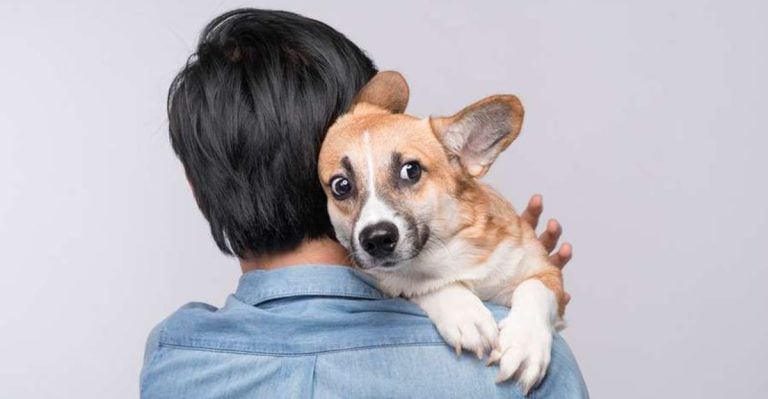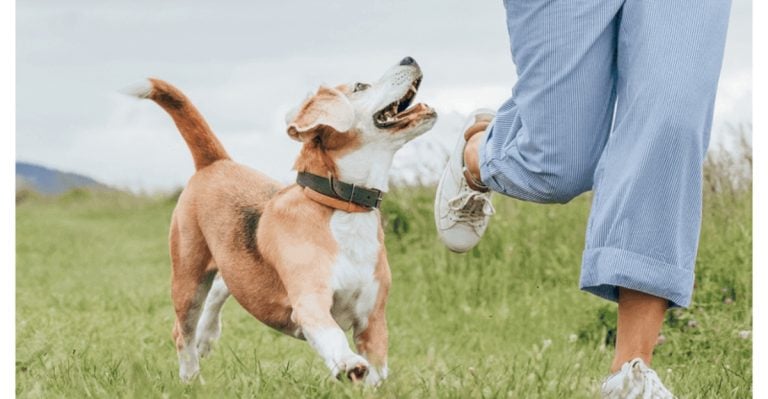Don’t Ignore These 7 Early Signs of Reactivity in Adolescent Dogs, Experts Say
Adolescence in dogs can be a wild ride—for both pups and their people.
Just when you think you’ve made it past the potty training and teething stages, your sweet little companion hits that awkward teenage phase and suddenly starts acting like a totally different animal.
One minute they’re calm and collected; the next, they’re barking at a plastic bag like it’s an intruder. Sound familiar?
This phase, which typically begins around six months and can stretch well past a year, is packed with physical and emotional changes.
As their hormones shift and their brains continue to develop, many dogs become more sensitive, easily overstimulated, or even downright rebellious.
But while it might seem like your pup is just “acting out,” trainers warn that these behaviors can actually be early signs of reactivity—and if left unaddressed, they can snowball into much bigger problems down the line.
Reactivity isn’t just about aggression. It’s an overreaction to a stimulus, whether that’s another dog, a stranger, a skateboard, or even a doorbell. And in many cases, it stems from fear, frustration, or lack of coping skills—not a bad attitude.
That’s why catching these signs early is crucial. The sooner you recognize what your adolescent dog is trying to tell you, the sooner you can help them feel safe, build confidence, and navigate the world with more ease.
We spoke with professional trainers to uncover the subtle (and not-so-subtle) red flags you should be watching for.
Whether you’re a first-time dog owner or a seasoned pro, knowing what to look for during this sensitive developmental stage can make all the difference in your dog’s behavior and long-term well-being.
1. Excessive Barking at Strangers or Dogs
Your adolescent dog might suddenly sound the alarm every time someone walks by—or worse, when another dog appears on the horizon.
This kind of barking can start as a harmless alert but quickly morph into reactive behavior if it’s not addressed early.
Often, this stems from a mix of insecurity and maturing instincts. They’re starting to notice the world in a new way, and it can feel overwhelming.
If they bark and the “threat” disappears (like a passing jogger), they might believe their barking worked. That’s where a reactive pattern starts forming.
2. Lunging on the Leash
A calm walk can turn chaotic when your teenage dog begins lunging at people, squirrels, or other pups. It might look aggressive, but it’s usually a combo of excitement, frustration, or lack of self-control.
This behavior can be triggered by wanting to greet or drive something away. But repeated lunging builds muscle memory—and not the good kind.
If the leash becomes a source of tension and adrenaline, your dog will associate it with “go time,” not “chill time.”
Working on loose-leash training and impulse control exercises early on is key to preventing this habit from becoming the norm.
3. Sudden Intolerance to Touch
Your previously snuggly pup now flinches or growls when you touch their paws or brush their coat. Sound familiar? This sudden sensitivity can catch you off guard but is common during adolescence.
Hormonal changes and increased independence often lead to new boundaries. Your dog isn’t trying to be difficult—they’re learning what they do and don’t like.
Unfortunately, if you push past these cues, they may escalate to growling or snapping to get their point across.
Respect their signals while gradually rebuilding positive associations with touch through treats and praise. It’s all about trust and timing.
4. Overreacting to Noises or New Environments
That garbage truck that never bothered them before? Now it sends them into a barking frenzy. Adolescents often become hypersensitive to sounds, movements, and unfamiliar places during this developmental phase.
What’s really happening is a clash between curiosity and insecurity. Their brains are still learning how to interpret stimuli, and their stress threshold is lower than it was during puppyhood. As a result, the world can suddenly feel big and scary again.
Desensitization exercises and calm exposure can help build your dog’s confidence. The goal isn’t to avoid triggers—but to help them feel safe around them.
5. Tense Body Language Around Triggers
Not all signs of reactivity are loud. Some dogs get very quiet and still when something sets them off. A stiff body, frozen posture, whale eyes, or a tail raised high can all indicate that your pup is about to react.
This is your dog’s version of holding their breath. They’re assessing whether they need to defend themselves or flee. If these signals are missed or ignored, a lunge or growl might follow—not because your dog is “bad,” but because they feel trapped.
Learning to read these early cues gives you the chance to intervene before things escalate.
6. Snapping or Growling When Approached
A growl or snap can seem alarming, but it’s often a dog’s way of expressing discomfort or feeling threatened. This behavior can manifest around food, toys, or personal space.
Building trust is crucial, showing your dog that there’s no need to guard resources from you.
Slowly introducing training exercises that reinforce trust can turn these tense moments into opportunities for growth and bonding.
7. Difficulty Calming Down After Excitement
A reactive adolescent might stay wired long after the excitement ends. Maybe a dog barked across the street—and 10 minutes later, your pup’s still pacing, panting, or whining. That’s not just energy—it’s reactivity.
Their internal “off switch” hasn’t fully developed yet, and high-arousal situations can push them into a cycle of overstimulation. This can make it hard for them to listen, learn, or settle down, which then fuels more bad behavior.
Helping them unwind through calming routines, enrichment, and structured decompression walks is key. It’s not just about tiring them out—it’s about teaching them how to relax.

